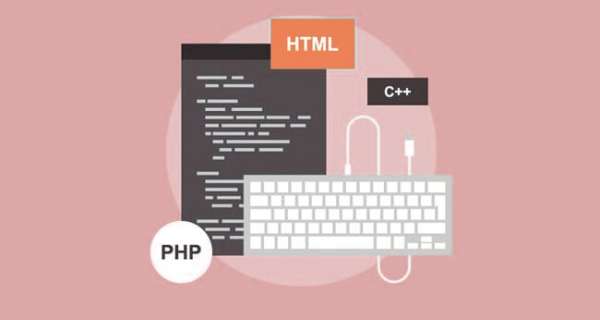
This is by design. I want to give you the bare minimum, with a little flavor, so that you have some foundational knowledge. With that in mind, I’ve sprinkled ideas and homework assignments throughout the book to kickstart you in your own direction. I encourage you to explore these ideas, and I would love to hear back any of your own implementations, tooling, or homework assignments that you have done.
As with any technical book, readers at different skill levels with Python (or information security in general) will experience this book differently. Some of you may simply grab it and nab chapters that are pertinent to a consulting gig you are on, while others may read it cover to cover.
I would recommend that if you are a novice to intermediate Python programmer that you start at the beginning of the book and read it straight through in order. You will pick up some good building blocks along the way. To start, I lay down some networking fundamentals in Chapter 2 and slowly work our way through raw sockets in Chapter 3 and using Scapy in Chapter 4 for some more interesting network tooling. The next section of the book deals with hacking web applications, starting with your own custom tooling in Chapter 5 and then extending the popular Burp Suite in Chapter 6.
From there we will spend a great deal of time talking about trojans, starting with GitHub command and control in Chapter 7, all the way through Chapter 10 where we will cover some Windows privilege escalation tricks. The final chapter is about using Volatility for automating some offensive memory forensics techniques.
I try to keep the code samples short and to the point, and the same goes for the explanations. If you are relatively new to Python I encourage you to punch out every line to get that coding muscle memory going.
All of the source code examples from this book are available at.
Скачать книгу можно бесплатно по данной ссылке: Скачать











































0 Comments